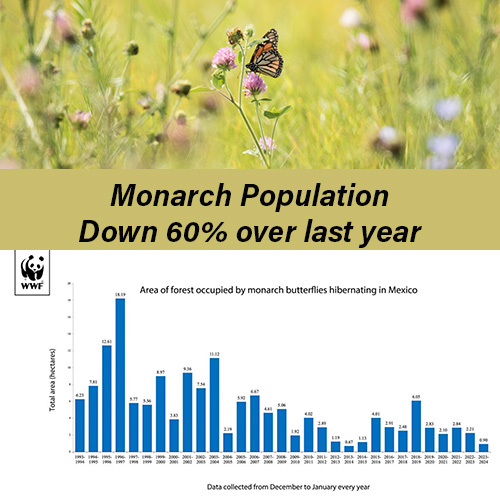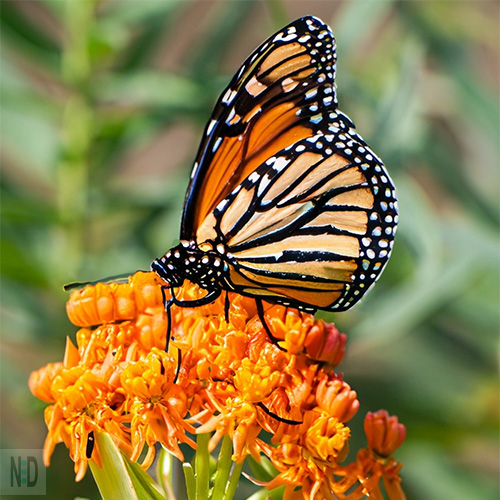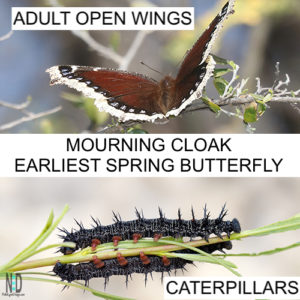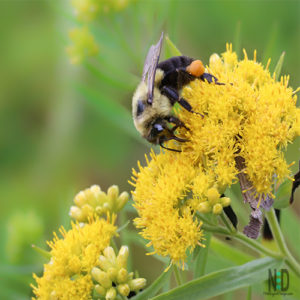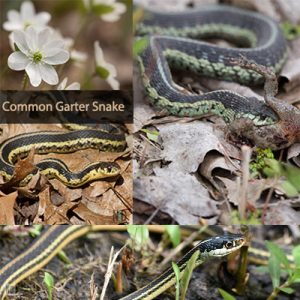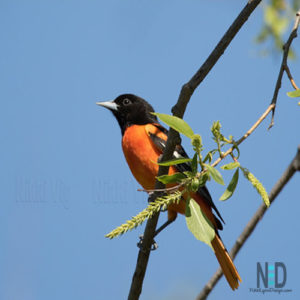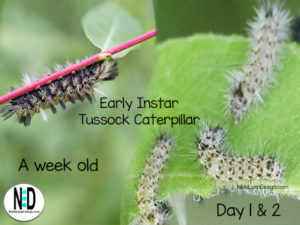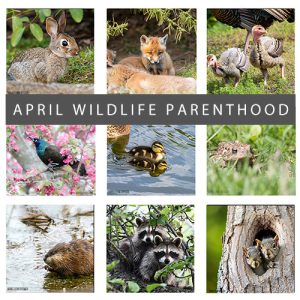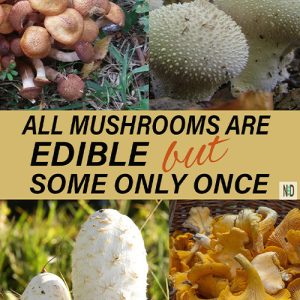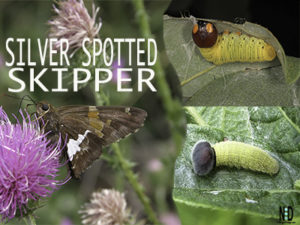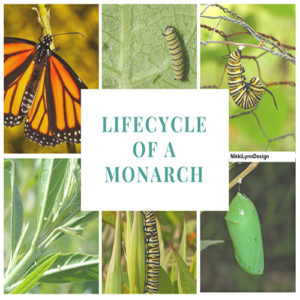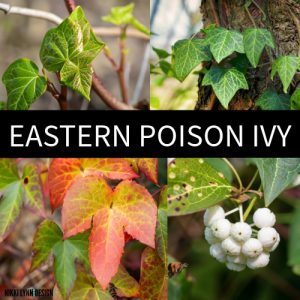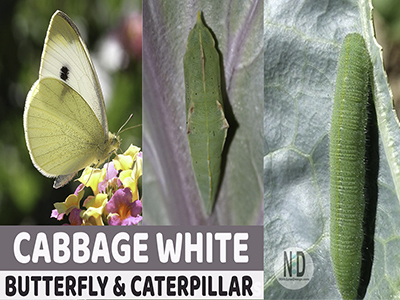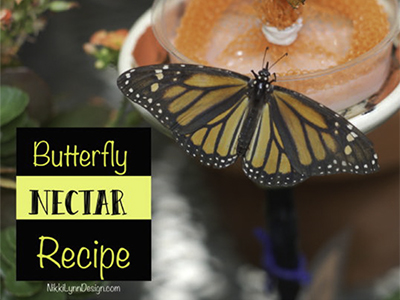Each year since the 1993 – 1994 migration the World Wildlife Federation has been collecting data from December through January on the number of hectares of land that migrating monarch butterflies occupy in Mexico. This year’s monarch numbers are down by 60% from last year. So, they will need a little extra help this year re-populating.
Monarch Numbers Are Down By 60%
From the years 2019-2023 the total hectares of Monarchs was 2.10 – 2.83. This season we saw a huge drop in numbers, coming in at 0.90.
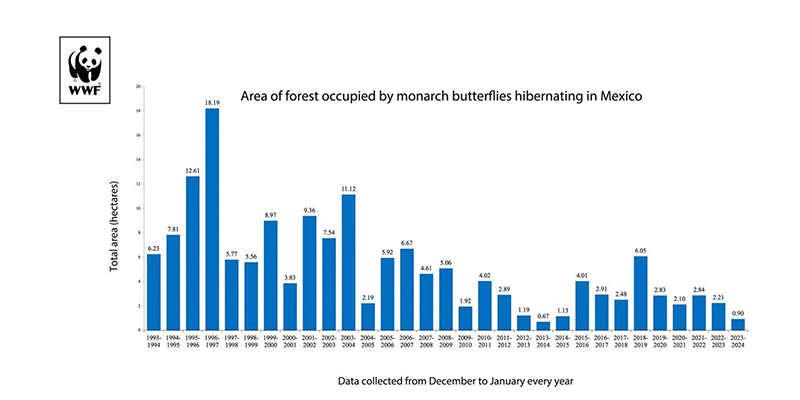
Great Concern For Us All
“Fewer monarchs hibernating in their traditional forest habitat in Mexico greatly concerns all of us. It’s critical that all communities, governments, non-governmental organizations, scientists, and others continue to strengthen our conservation and protection efforts to support the monarch’s unique migration”
Jorge Rickards, general director of WWF Mexico
7 Ways To Help The Monarchs
There are several ways individuals and communities can help support the monarch butterfly population, which has been declining in recent years due to habitat loss, pesticide use, climate change, and other factors. Here are some actions you can take to help monarch butterflies:
- Plant Milkweed: Milkweed is the primary host plant for monarch caterpillars. By planting native milkweed species in your garden or on your property, you provide essential breeding and feeding habitat for monarchs. Ensure you’re planting milkweed species that are native to your region to best support local monarch populations.
- Create Monarch Waystations: Designate an area in your yard, school, or community park as a monarch waystation by planting a variety of nectar-rich flowers for adult butterflies to feed on. Include not only milkweed but also other native flowering plants that bloom throughout the growing season to provide continuous nectar sources.
- Reduce or Eliminate Pesticide Use: Pesticides, particularly those containing neonicotinoids and glyphosate, can harm monarch butterflies and their larvae. Minimize or eliminate the use of pesticides in your garden and encourage others to do the same. Instead, use natural pest control methods and practice integrated pest management techniques.
- Support Habitat Conservation: Get involved in local conservation efforts aimed at protecting and restoring monarch butterfly habitat. Support organizations that work to preserve native prairies, wetlands, and other natural areas that monarchs rely on during their life cycle.
- Participate in Citizen Science Projects: Contribute to monarch butterfly research and monitoring efforts by participating in citizen science projects such as Monarch Watch or Journey North. By reporting monarch sightings and tagging butterflies, you can help scientists track migration patterns and population trends.
- Educate Others: Raise awareness about the importance of monarch butterflies and their conservation needs within your community. Share information about monarch-friendly gardening practices, the monarch life cycle, and the threats facing monarch populations.
- Support Policy Initiatives: Advocate for policies that promote monarch butterfly conservation, including habitat protection, sustainable agriculture practices, and the reduction of pesticide use. Support legislation and initiatives aimed at addressing the broader environmental issues contributing to monarch declines.
Additional Post: 12 species of milkweed that are native wildflowers to the state of Wisconsin
By taking these actions, individuals can play a vital role in helping to protect and restore monarch butterfly populations for future generations to enjoy.
TiK Tok Video
@nikkilynn54311 Each year since the 1993 – 1994 migration the World Wildlife Federation has been collecting data from December through January on the number of hectares of land that migrating monarch butterflies occupy in Mexico. This year’s monarch numbers are down by 60% from last year. So, they will need a little extra help this year re-populating. #savethemonarchs #monarchs #butterflies #monarchbutterflies ♬ original sound – Nikki
Choose Plants That Bloom Spring To Fall
It is important to plant flowers that will bloom from spring to fall. This will help monarchs as they return to their breeding grounds in the United States and Canada during the spring and as they fly North at the end of summer.

Additional Reading:
How to Tell The Male & Female Monarch Apart
Wisconsin Fall Monarch Migration
Plant Spring & Summer Flowers
Female monarch butterflies, like their male counterparts, are known to drink nectar from a variety of garden plants and wildflowers. Some common examples of plants that female monarchs may visit for nectar include:
Milkweed
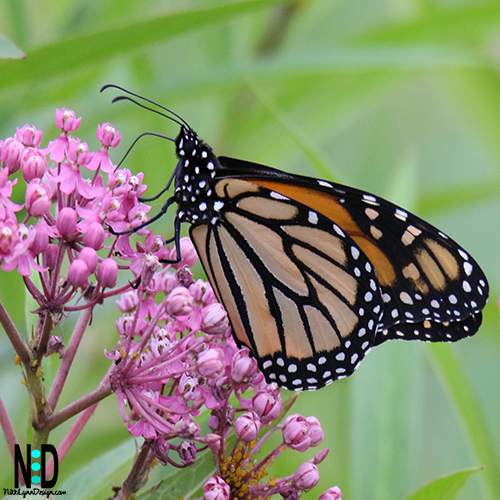
Milkweed (Asclepias spp.): Milkweed is not only the primary host plant for monarch butterfly larvae (caterpillars) but also a valuable nectar source for adult monarchs. Female monarchs often lay their eggs on milkweed plants and will also feed on their nectar.
Buy Seeds On Amazon
Read More:
Milkweed Bug
Collecting and Planting Milkweed
Milkweed Tussock Moth
Black-eyed Susan
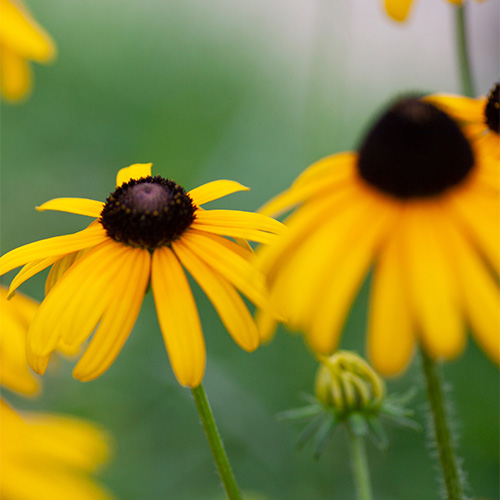
Black-eyed Susan (Rudbeckia spp.): Black-eyed Susans are native wildflowers with golden-yellow petals and dark centers. They provide a good source of nectar for monarchs and other pollinators.
Buy Seeds On Amazon
Butterfly Bush
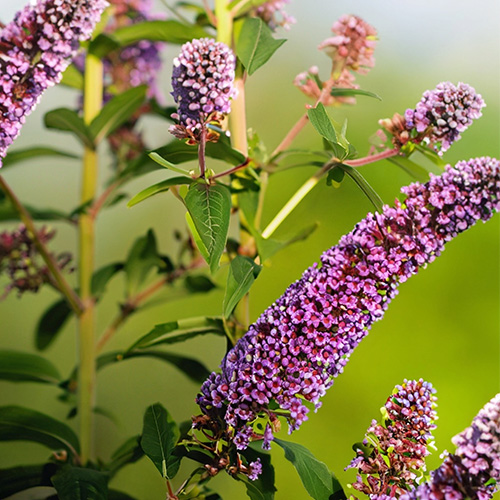
Butterfly Bush (Buddleja spp.): Butterfly bushes are popular among many butterfly species, including monarchs. Their large clusters of small, fragrant flowers provide abundant nectar, making them attractive to female monarchs and mourning cloak butterflies.
Buy Live Shrub On Amazon
Zinnia
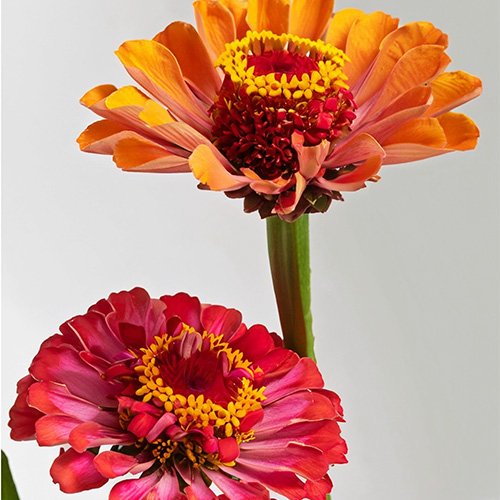
Zinnia (Zinnia spp.): Zinnias are colorful annual flowers that produce nectar-rich blooms, making them a favorite of monarch butterflies and other pollinators.
Buy Seeds On Amazon
Coneflowers
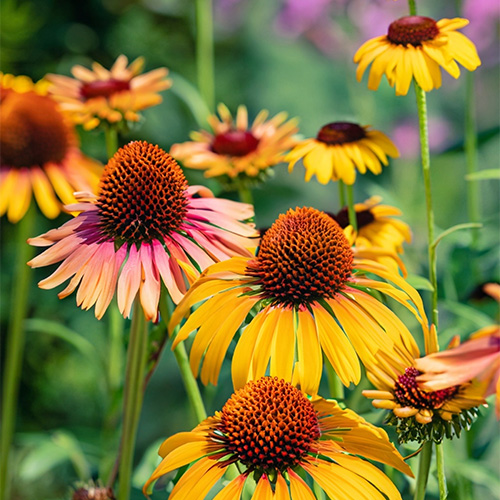
Coneflower (Echinacea spp.): Coneflowers are drought-tolerant perennials with striking, daisy-like blooms. Their abundant nectar attracts monarchs and other butterflies throughout the growing season.
Buy Seeds On Amazon
Verbena
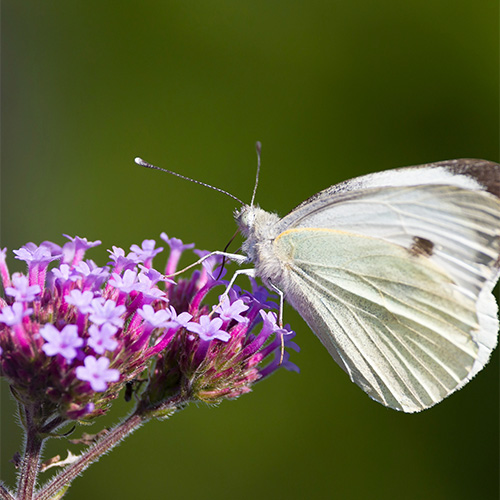
Verbena (Verbena spp.): Verbena plants produce small clusters of colorful flowers that are rich in nectar. They are commonly visited by monarchs and other butterflies.
Buy Seeds On Amazon
These are just a few examples, and there are many other garden plants and wildflowers that female monarchs may visit for nectar depending on their availability and geographic location. Providing a diverse selection of nectar-rich flowers in gardens and natural habitats can help support monarch butterfly populations.
Plant Fall Nectar Flowers
Planting fall-blooming flowers in the Midwest can be beneficial for monarch butterflies as they fuel up for their migration to overwintering sites in Mexico. Here are some fall varieties of flowers that you can consider planting to support monarchs in the Midwest:
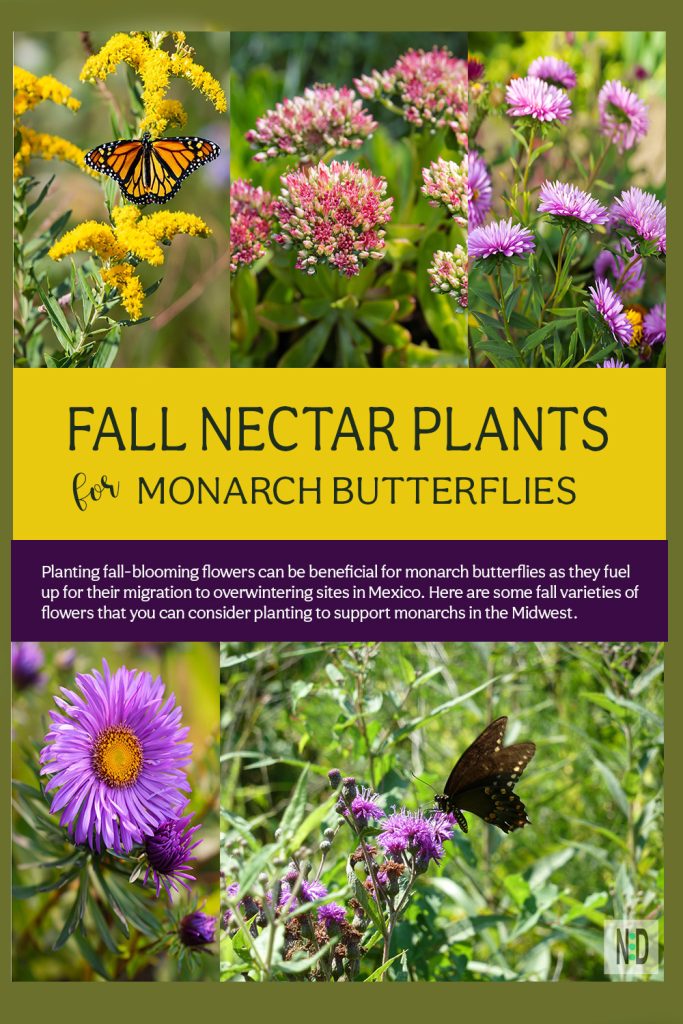
Midwest Fall Plants
Asters
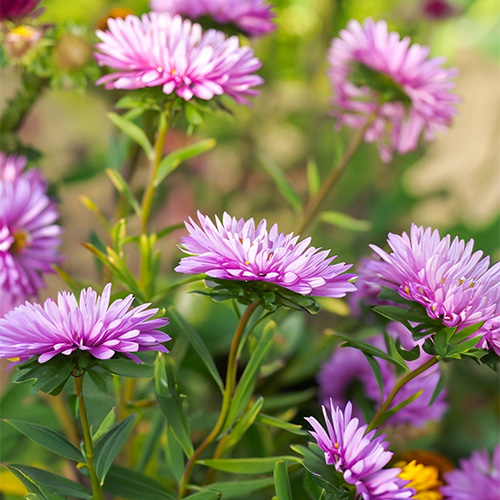
Asters (Symphyotrichum spp.): Asters are native perennials that produce daisy-like flowers in shades of purple, pink, blue, and white. They bloom in late summer and fall, providing a crucial nectar source for monarchs and other pollinators.
Buy Seeds On Amazon
Read More:
Growing Asters From Seed
Goldenrod
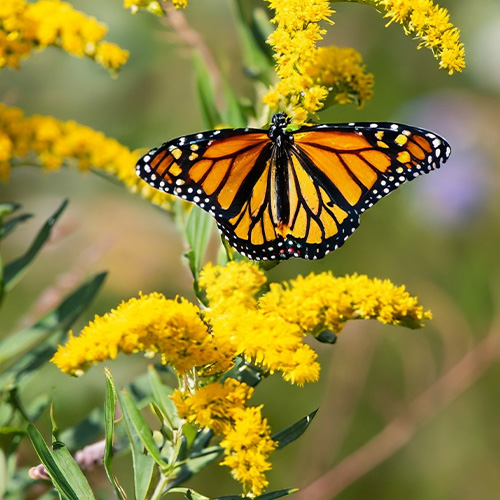
Goldenrod (Solidago spp.): Goldenrod is a native wildflower that blooms in late summer and fall, producing bright yellow flower spikes. Despite its undeserved reputation for causing allergies (it’s pollinated by insects, not wind), goldenrod is an important nectar source for monarchs, many other butterfly species, and honey bees.
Buy Seeds On Amazon
Read More:
Goldenrod Soldier Beetle
Joe Pye Weed

Joe Pye Weed (Eutrochium spp.): Joe Pye Weed is a tall native perennial with large, fluffy flower heads that bloom in late summer and fall. Its nectar-rich blooms attract monarchs and other pollinators, making it a valuable addition to fall gardens.
Buy Seeds On Amazon
Ironweed
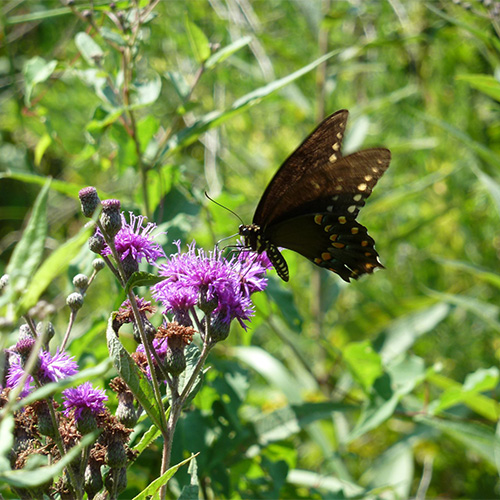
Ironweed (Vernonia spp.): Ironweed is a native perennial with clusters of small, deep purple flowers that bloom in late summer and fall. It provides an important nectar source for monarchs and other butterflies during their fall migration.
Buy Seeds On Amazon
Sedum
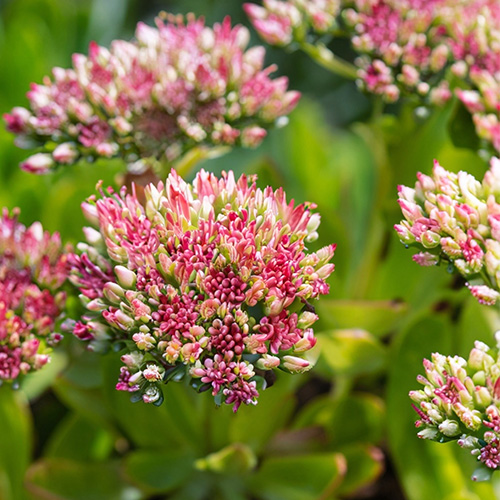
Sedum (Hylotelephium spp.): Sedums, also known as stonecrops, are succulent perennials that bloom in late summer and fall. Their clusters of tiny flowers come in various shades of pink, red, and white, attracting butterflies, including monarchs, as they migrate south.
Red is my favorite because Red Admirals also use it in the fall.
Buy Seeds On Amazon
New England Aster
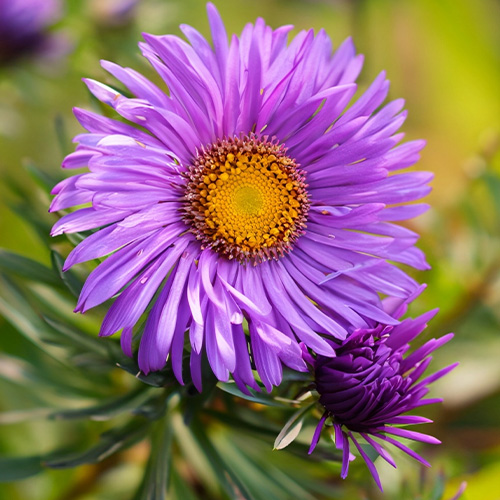
New England Aster (Symphyotrichum novae-angliae): This native aster species produces large clusters of purple, pink, or white flowers in late summer and fall. Its abundant nectar makes it a favorite of monarchs and other pollinators during the autumn months.
Buy Seeds On Amazon
By including a variety of these fall-blooming flowers in your garden, you can help provide essential nectar sources for monarch butterflies as they prepare for their long journey south. Additionally, selecting native species helps support local ecosystems and biodiversity.
The post was last updated in March 2024.
This site contains affiliate links that may provide a small compensation to me —-> at no additional cost to you.
